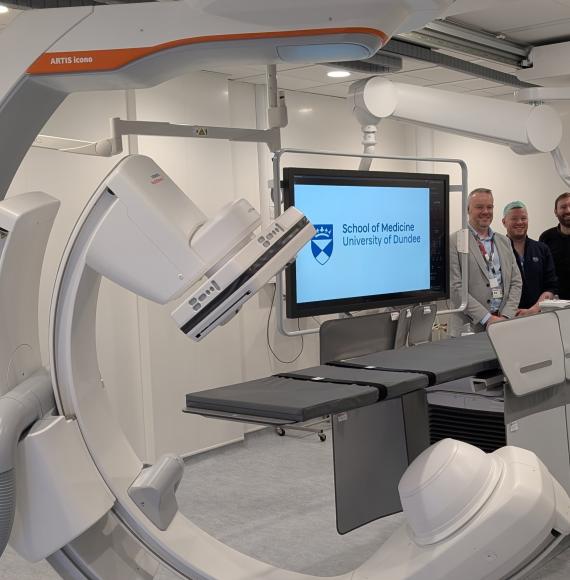Today has seen the unveiling of the government’s new plan to reduce NHS backlogs and support patients into better, faster treatment.
As reported earlier today by National Health Executive, the plan will look to address the waiting list that currently holds the health sector back. This will be done in a number of ways, including improving the NHS App and creating more surgical hubs within hospitals.
Matthew Taylor, Chief Executive of the NHS Confederation, gave a positive outlook on how the plan can support waiting list improvements. In a statement, he said:
“NHS leaders share the government’s ambition to reduce waiting times and get more people off what have often become very lengthy waiting lists. This updated elective plan is a serious attempt to reduce waiting lists in a more sustainable way and marks an important step forward in helping bring an end to a period of long waits.
“We have consistently argued that any plan to reduce waiting lists must align with the government’s direction of travel on NHS reform over the long term, so it’s welcome that the elective plan attempts to do that. Previous efforts have overly focused on ‘tail-gunning’ by focusing on the longest waiters, but this new plan is a welcome step forward in focusing on the overall size and shape of the waiting list. This means NHS organisations can focus on the patients with the greatest clinical need.
“The plan is underpinned by a number of measures that will ensure efforts to reduce waiting lists align with the major shifts in care that are being prioritised by the government. These measures include empowering patients with better data and choice, redesigning pathways and increasing focus on advice and guidance which can help to deliver better outcomes for patients, investing in secondary prevention and focusing on the specialist clinical areas where the biggest gains can be made. It is also important to see more collaboration with the independent sector as this will provide much-needed support and capacity.
“Local NHS leaders will need to understand the plan in more detail, particularly when it comes to the future of the elective recovery fund and the budgets that they will have in place to deliver the levels of activity required to hit the 18-week target by the end of this Parliament. That clarity should come as part of the planning round for 2025/26, so local leaders will want to emerge from this with confidence that they have the funding they need to deliver the 18-week target.”
This sentiment was echoed by NHS Providers’ Interim Chief Executive, Saffron Cordery, who outlined how trust leaders are united in their commitment to reducing the backlog that faces the NHS. She said that "nobody in the NHS wants people to wait any longer than needed for vital checks, scans and treatment.”
Continuing, Cordery said:
"NHS trust leaders are doing everything they can so that patients are seen as quickly as possible. Long waits stem from years of underinvestment in services and severe staff shortages.
"Leaders right across hospital, mental health, community and ambulance services want to work with the government to tackle all long waits.
"Trusts face huge operational and financial challenges every day, particularly in very busy A&Es and emergency care, but staff continue to work flat out for patients while doing everything in their power to transform services and make the NHS fit for the future."
"Leaders right across hospital, mental health, community and ambulance services want to work with the government to tackle all long waits.” – Saffron Cordery, Interim Chief Executive, NHS Providers
Tim Gardner, Assistant Director of Policy at the Health Foundation, welcomed the government’s plan, mentioning the fact that there are too many patients with worsening conditions as they wait for treatment, Despite this, he did warn that the targets that the government has set are ‘stretching.’
As part of this warning, Gardner commented:
“While cutting waiting times for routine hospital procedures is one of the government’s top priorities, it’s vital that this doesn’t come at the expense of the wider shifts the government wants to achieve through the upcoming 10 year health plan. Improvements need to be made across the wider health and care system, including significant investment in additional capacity in both primary and acute care, new technology and skills to streamline services and boost productivity, as well as reform and investment in social care.”



















